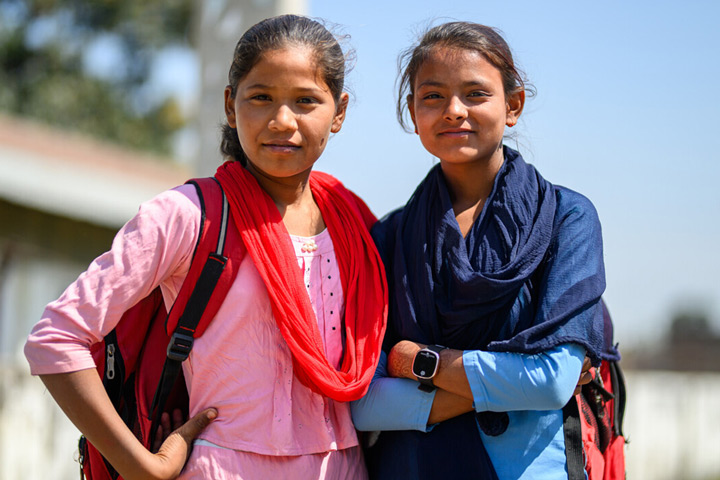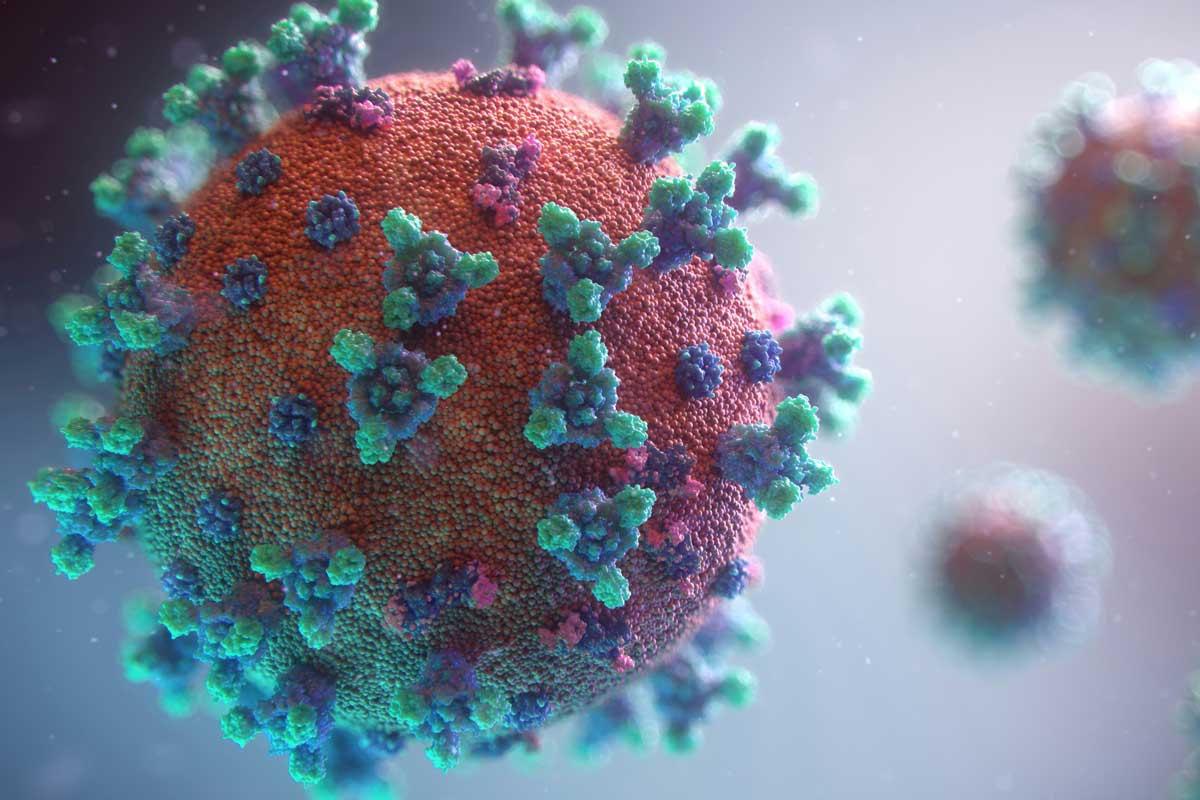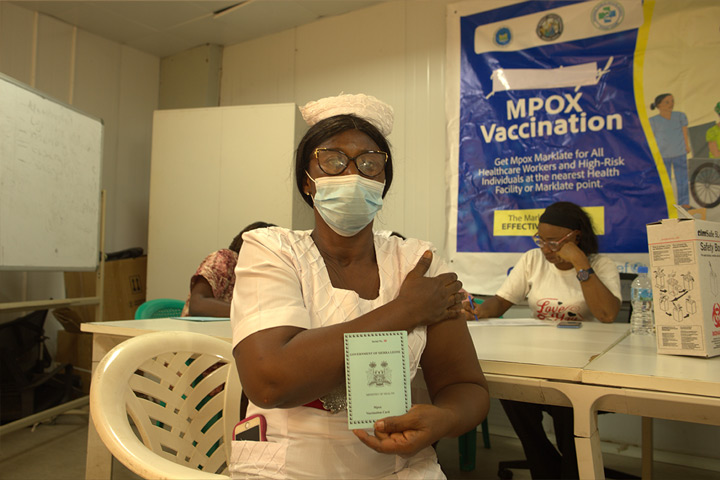The bird flu virus is mutating to infect mammals more easily, raising concerns of a pandemic threat
More bird flu infections in people and new mutations in the virus are worrying scientists.
- 31 May 2024
- 5 min read
- by Priya Joi

Testing of the latest human case of bird flu has revealed a "notable" mutation in the virus that makes it better adapted to mammals, according to the US Centers of Disease Control and Prevention (CDC).
Genetic sequencing of the infection in a Michigan dairy farm worker showed that, compared to the infection in a Texan farmhand a month previously, the virus has already evolved to be more likely to jump to humans. Last year, mutations in the H5N1 bird flu virus were already signalling that its potential to jump to humans was increasing, according to the European Centre for Disease Prevention and Control (ECDC).
For now, scientists are warily watching and waiting to see whether the virus poses any greater threat to people.
Cases of bird flu in people in the US, Australia and South-East Asia are happening alongside the spread of the virus in several mammal species such as cats, mink, cows and alpacas, causing growing concerns among health experts. The World Health Organization's (WHO's) chief scientist, Jeremy Farrar, called the spread of "enormous concern".
The two US patients this year both escaped with mild symptoms such as conjunctivitis, but a Cambodian child who became infected in February this year wasn't so lucky. The nine-year-old died within days after he and his family ate a rooster that had been found dead.
Risk to people
H5N1 has already become "a global zoonotic animal pandemic" according to WHO's Farrar. Since 2022, the virus has killed hundreds of millions of birds, and when it spread to mink farms in Spain, 50,000 mink had to be culled.
Currently, the CDC and WHO deems the risk to human health as low.
But scientists are always on high alert with bird flu because in all four influenza pandemics so far, starting with 1918 'Spanish Flu', the pandemic viruses had at least one genomic segment that was derived from a bird virus.
So far, there have been no cases of human-to-human transmission, and the virus has not yet developed the mutations that would make this more likely. However, the more a virus is transmitted, the faster its evolution. And bird flu has spread at a staggering rate in birds, and increasingly in mammals.
In March 2023, the ECDC were already concerned that they were seeing bird flu viruses "carrying markers for mammalian adaptation in genes such as the PB2 that correlated with increased replication and virulence in mammals".
The worry is that when farmed species such as mink and cattle – which have frequent contact with people – are infected with bird flu, the risk of the virus jumping to humans is higher.
In July 2023, flu experts Prof Wendy Barclay and Dr Tom Peacock at Imperial College London, UK, warned that, "The establishment of animal reservoirs for viruses that evolve on a separate trajectory from variants in humans sets a potential time bomb for re-emergence of the virus in humans."
Slow sharing of data
For now, scientists are warily watching and waiting to see whether the virus poses any greater threat to people.
The ECDC and the European Food Safety Authority outlined mitigation measures in a report published on 3 April 2024. These measures include "enhancing surveillance and data sharing, careful planning of poultry and fur animal farming (especially in areas with high waterfowl density), and preventive measures such as vaccination of poultry and at-risk people".
Have you read?
Yet, while the virus has been racing through domestic cattle in the US in the past few months, patchy data means it's unclear whether it is being spread between cows easily or whether the cases are mostly from contact between infected birds and cattle.
Preparing pandemic vaccines
While scientists don't believe there is a high risk to people just yet, enough lessons were learned from the COVID-19 pandemic that efforts are already underway to develop bird flu vaccines in the event that it learns how to spread between people.
Seasonal flu vaccines are already made every year, and in an emergency, existing production facilities could be switched over to produce pandemic flu vaccines. The first doses could become available as soon as four months after the declaration of a pandemic.
However, current flu vaccines are made using chicken eggs, which is typically slow, and ramping up production also requires enough eggs.
Scientists are exploring other methods of vaccine production to ensure the fastest response possible in the event of a bird flu pandemic. For instance, Moderna has an mRNA pandemic flu vaccine that is hoping to receive US government funding for late-stage clinical trials.
The next pandemic
Pandemics rarely emerge fully formed out of nowhere. Scientists had been warning of a coronavirus pandemic for years before it entered the global consciousness in 2020.
Scientists are urging countries to take this threat seriously.
An editorial in The Lancet Infectious Diseases delivers a stronger warning than the CDC or WHO, saying that "the next flu pandemic – whether caused by an avian influenza A(H5N1) virus or otherwise – seems inevitable. The threat of a pandemic remains high."
This warning was echoed by Dr Michael Mina, expert in the epidemiology, immunology and spread of infectious disease, speaking to CNN: "What we're seeing right now is chapter one of the book that keeps people like me and many infectious disease epidemiologists up at night.
"The genie is not out of the bottle yet, and that's a good thing, but it's a little bit hard to suggest we could be doing too much right now."








